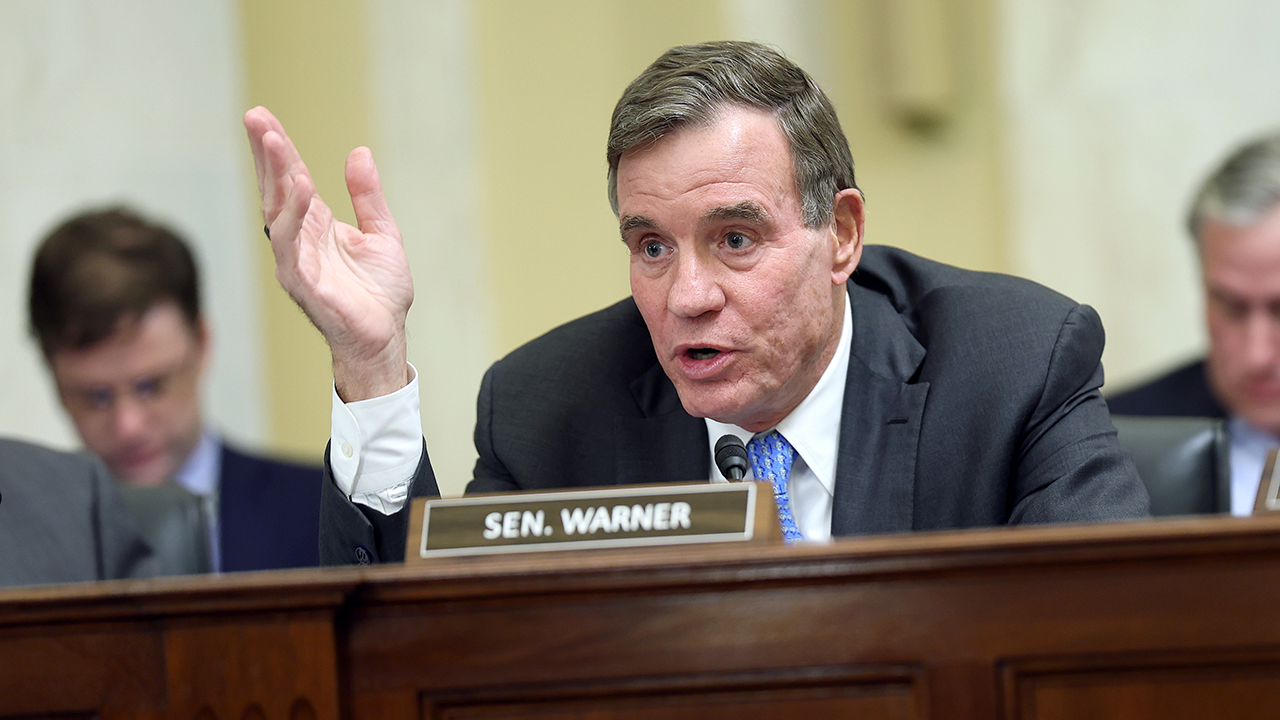Senate Republicans eye Democrats’ old rule change to push Trump nominees through blockade

Senate Republicans are making strides towards changing Senate rules to expedite the confirmation process for President Donald Trump’s lower-level nominees. The proposed rule change, which mirrors a past Democratic proposal, aims to streamline the confirmation process without resorting to the “nuclear option.”
The GOP’s plan involves grouping nominees together for a single vote, a process known as “en bloc” confirmation. This strategy would help clear the backlog of nominees awaiting confirmation, a backlog that has grown significantly since the start of the current administration.
Senate Majority Leader John Thune emphasized the need for a rule change, citing the unprecedented obstruction by Democrats. With 149 nominees awaiting confirmation, Republicans are eager to implement the proposed changes before the upcoming recess.
The proposal draws inspiration from a 2023 legislation introduced by Democratic senators, with Republicans considering modifications to suit their preferences. While they prefer to avoid the nuclear option, Republicans are prepared to use it if necessary to break the current deadlock.
Despite public resistance, some Democrats privately support the GOP’s proposal. Senator James Lankford revealed that his Democratic colleagues acknowledge the unsustainable precedent they have set with their blockade.
Senator Amy Klobuchar, who previously worked on Senate reform initiatives with Lankford, expressed reservations about endorsing the GOP’s version of her legislation. While acknowledging the need for Senate improvement, she cited the administration’s disregard for the law as a hindrance to bipartisan cooperation.
Not all Senate Democrats are in favor of the current blockade. Senator John Fetterman emphasized the importance of giving nominees fair consideration, regardless of their political affiliation.
As discussions continue, the fate of the proposed rule change remains uncertain. While Republicans push for a streamlined confirmation process, Democrats grapple with internal divisions over the best approach to handling the backlog of nominees.
In the midst of this political maneuvering, the Senate remains at a standstill, with both parties at odds over how to move forward. As the debate unfolds, the fate of President Trump’s nominees hangs in the balance, awaiting a resolution to break the current gridlock. The rise of remote work has been one of the most significant changes in the workforce in recent years. With the advancement of technology and the widespread availability of high-speed internet, more and more companies are embracing the idea of allowing their employees to work remotely. This shift has been accelerated by the global pandemic, which forced many businesses to quickly adapt to remote work in order to continue operating.
There are many benefits to remote work for both employees and employers. For employees, remote work offers greater flexibility in terms of when and where they work. This can lead to increased job satisfaction and a better work-life balance. Remote work also eliminates the need for a commute, saving employees time and money.
Employers benefit from remote work as well. It allows them to tap into a larger talent pool, as they are no longer limited to hiring employees who live within commuting distance of their office. Remote work can also lead to increased productivity, as employees are often able to focus better in a quiet, distraction-free environment.
Despite these benefits, remote work also presents challenges. Communication can be more difficult when employees are not physically present in the office, leading to misunderstandings and miscommunications. Building a strong company culture can also be more challenging when employees are scattered across different locations.
As remote work becomes more common, companies are finding ways to overcome these challenges. Many are investing in tools and technology that make remote collaboration easier, such as video conferencing software and project management platforms. Some companies are also experimenting with hybrid models, where employees split their time between working in the office and working remotely.
Overall, the rise of remote work represents a major shift in the way we think about work. As technology continues to advance and companies become more comfortable with remote work, it is likely that this trend will only continue to grow in the years to come.




